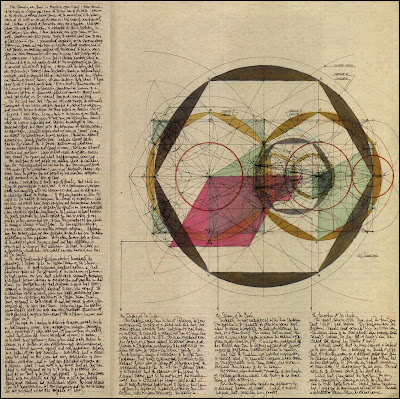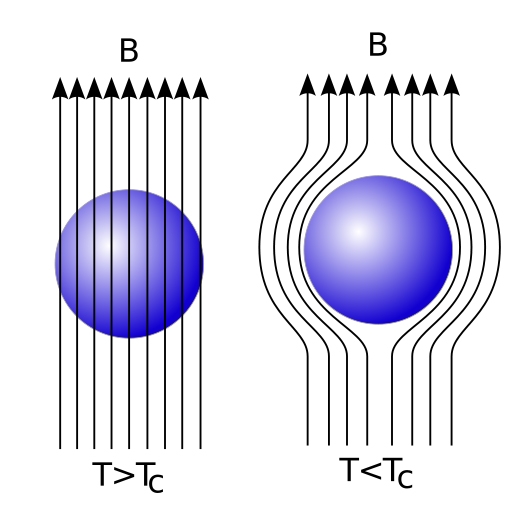Trent Howell - BENV2426
Putting the "mental" back in experimental
Saturday, June 18, 2011
Wednesday, April 20, 2011
Sunday, April 10, 2011
Wordplay - Lexicon
Magnetometry
Magnetic Geometry
Attraction: A pulling force through which one influences another without direct contact by means of inherit or active physical property. Alternate forms: Attract/Attractive/Attractor
Generative: Producing or having the potential to produce through the creation of new output from existing sources. Alternate forms: Generated/Generating/Regenerated
Interference: The interplay of combining forces resulting in different outcomes, changes to something caused by an external factor. Alternate forms: Interfere/Interefering
Interrelation: Dynamic, reciprocal relationships involving exchange between two or more entities in a systematic manner. Alternate forms: Interrelated/Correlative/Relative
Induction: Initiating or causing a certain state or form to be brought into existence through a logical process or physical property. Alternate forms: Induct/Induced/Instated
Repulsion: The force opposite to Attraction, acting against objects and separating them based on the source of the dispersion. Alternate forms: Repulse/Repel/Repulsive
Spatial: Relating to or existing within the dimensions and constraints of space or spaces, specifically the relationship with the space occupied. Alternate forms: Spatiality/Spatially/Space
Saturday, April 9, 2011
Thursday, April 7, 2011
Torus Study
 |
| Mathematical definitions for a torus |
A torus is a closed surface created by the revolution of a circle through three dimensional space. The position of the rotational axis and the size of the circle affect the final donut shape produced by the rotation. The torus is studied closely because if its non-polar topological properties.
 |
| 4D rotating Torus wireframe |
 |
| A Toroidal set of iterations from a Grasshopper definition, note the relationship to the mobius strip |
The Torus definition output from grasshopper. Creating the surface is problematic.
Wednesday, April 6, 2011
Preliminary Research Sources
Stanley Humphries, Jr., Field Solutions on Computers (New York: CRC Press, 1998)
This title covers digital calculation and representation of magnetic and electric fields, as well as their analysis and numerical modelling. The programming element is kept to a minimum and the focus is on the algorithms and functions that derive field forms and solutions.
Edward M. Purcell, Electricity and Magnetism (United States: McGraw-Hill, 1985)
A broad study of the physics behind magnetic fields, focusing on the interrelation between magnetic fields and electrical current, as well as the formation of various fields around circuitry. The publications includes a lot of scientific data as well as more practical formulas and methods.
Terence W Barrett, Topological Foundations of Electromagnetism (Singapore: World Scientific, 2008)
Studying the surfaces generated by electromagnetic fields in regards to their topology, such as their deformation and manipulation. Geometrically complex, this book covers in depth the magnetic elements in a scientific context as well as their geometric principles.
Warren B. Chestion, Elementary Theory of Electric and Magnetic Fields (New York: John Wiley & Sons, 1964)
Early study into the the theoretical background of magnetism and electricity, intensely scientific and filled with algebraic physics equations that could be useful. Includes detailed and specific explorations of various electromagnetic phenomena.
Peter Nicholson, Principles of Architecture (Oxford: J Barfield, 1809)
De-constructive geometric studies into form and their places in architecture and ornamentation. Parabolic structures, circular derivations and spiral forms as well as radials and projections are all studied broadly, with further details expanded upon through their application in architectural practice.
Giuseppa Di Cristina, Architecture and Science (Chichester : Wiley Academy, 2001)
Intersection study between the clinical and precise world of measurements and observation and the creative and refined artistic elements of the architectural form. Illustrative of the various overlaps and interrelationships between the scientific world and the world we build.
Tuesday, April 5, 2011
Geometrics And Magnetics
 |
| Architecture Technology & Practice Annual (1990) |
At it's core, geometry is the pure mathematics of points, lines, curves and surfaces. The study of geometry and its spatial extrapolations are at the very basis of all structures, with shape and form being derived from geometrics and the principles therein. The relationships between spatial elements and their properties is also considered a tenet of geometry through the understanding of space as defined by geometric principles and elements.
The science involved with electromagnetic properties is based heavily within a geometric work-frame, as the spatial analysis of fields and point-vectors requires more than the physics behind the actual generation of the field. Field lines and field strengths are expressed graphically, and the relationships between the analytical geometry represent the properties of the physical field generated by magnetic forces.
Subscribe to:
Posts (Atom)

























.jpg)


